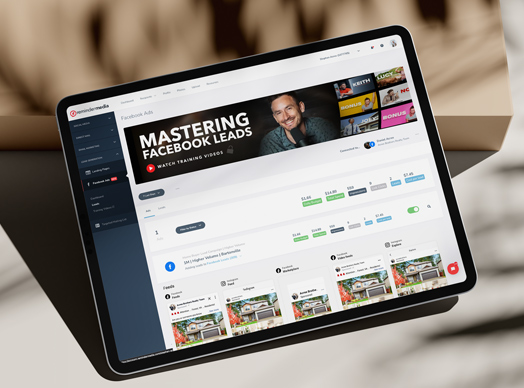Have you ever stopped to think about what your strengths and weaknesses are? If not on a personal level, surely in school a teacher or professor prompted this exercise. What about reflecting on any opportunities that may be at your fingertips, and the threats that may potentially stop you from grabbing ahold of them? Countless times throughout your life, probably without even knowing it, you performed a SWOT analysis on yourself—whether for personal or professional gain. It’s important for repeat and referral businesses, in particular, to utilize this technique. There’s no time like the present to dive into the internal strengths and weaknesses of your company, as well as any external opportunities and threats, and how your organization can benefit from analyzing these aspects more closely.
Where does the SWOT analysis stem from and what is it?
Developed in the 1960s by Albert S. Humphrey at Stanford University, this method remains the same as it was then: why do some companies fail while others prosper? His research laid the foundation for what we know about this method today, and it continues to help businesses thrive in times of need.
With so many businesses trying to do the same thing, it can be hard to reach your target audience and persuade them to choose you over the other guy. A SWOT analysis can help you develop your niche—what sets you apart. Sitting down with your team and looking at what the strengths, weaknesses, opportunities, and threats of your business are can help build a solid strategy to get you to the top. It’s important to remember, though, that this is only part of the puzzle. It’s crucial to take action once all is said and done, and apply what you’ve found to the bigger picture.
An overview:
Strenghs, Weaknesses (Internal)
Opportunities, Threats (External)
This matrix represents all the components of a SWOT analysis, and where the different elements fit. The strengths and opportunities are what’s helpful—the positive elements to achieving any sort of goal. Weaknesses and threats sit at the other end of the spectrum, and highlight the harmful aspects to conquering an objective. Internally, you’re looking at the strengths and weaknesses of your business, whereas externally, you’re analyzing where opportunities lie, and what threats stand in your way. All four quadrants reveal what your business needs to be focusing on, and provides you with the framework to move forward with a plan of action.
How Can I Do This For My Business?
Step one: Gather info.
Now that you know what a SWOT analysis is and represents, it’s time to really think about how you are going to sit down with your team and analyze what makes your business tick. Just like the process of writing a paper in college was about writing too much, and then editing the paper down to the really good stuff, a SWOT analysis works the same way. Congregate with your team in front of a whiteboard, and list everything. Write down any and all of your businesses strengths and weaknesses; opportunities and threats. There’s no wrong answer, no goal too out of reach. This first step is simply information overload: where does the company stand in the past, present, and future? What makes it good, and what areas could be improved upon? Who are our competitors? Where do we see this business going in a year, five years, or ten years from now?
Step two: Take a step back.
You and your team brainstormed and analyzed dozens of aspects of the business both internally and externally, and now it’s time to assess. Really take a look at what you have listed under each SWOT quadrant. Some may be too unrealistic, and others may not be just what the company needs to focus on right now. Regroup and refine the analysis to line up with the mission and values of the company. Ask yourselves, what strengths should be leveraged? What weaknesses need to be eliminated? What opportunities are feasible? What threats can be downplayed?
Step three: Develop a plan of action.
A SWOT analysis means very little if you don’t take action to achieve change. People are often afraid of change and what lies ahead, but if analyzing your business should teach you anything, it should be that change isn’t something to be afraid of. Be the decision maker, and aim to turn these words into a plan. Everyone has different ideas for how action can be carried out, so sit down with your team and harness everyone’s individual ideas to create a successful business plan for moving forward.
To conclude:
No business is the same, and exploring what makes your company truly stand out is key to maintaining a successful, thriving business. Once you understand the strengths that makes you unique, the weaknesses that could be improved upon, the opportunities you need to work towards, and the threats that you face, it makes it all the easier to think of an actionable plan.









 Apple Podcasts
Apple Podcasts
 Google Play
Google Play
 Spotify
Spotify










